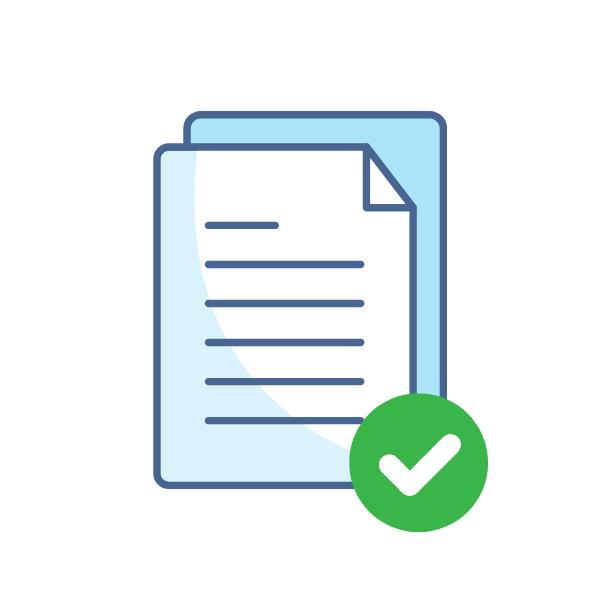
Digital Product Passports are expected to be gradually introduced for a range of product categories in the European Union. In this guide, we explain which products are covered by Digital Product Passport requirements under the Toy Safety Regulation and the Ecodesign for Sustainable Products Regulation (ESPR).
Continue reading Which Products Require an EU Digital Product Passport?























 Create compliance checklists for your product (US, EU & UK)
Create compliance checklists for your product (US, EU & UK) 20+ product certificate templates
20+ product certificate templates Create label files
Create label files Book product testing
Book product testing